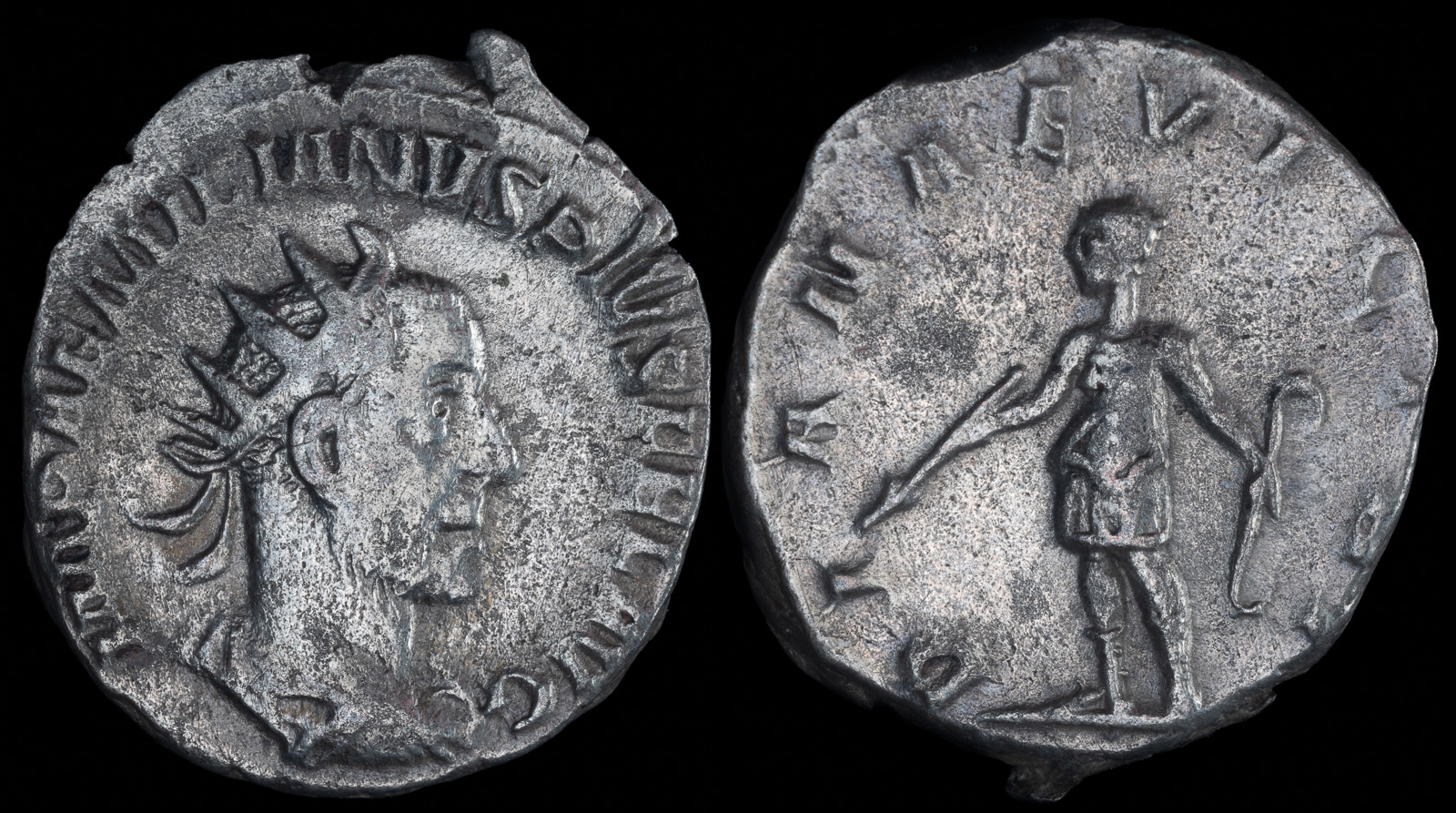Arrow
View All Tags
One of the most common types of arrows in ancient Greece was the straight arrow, which typically had a simple design. These arrows were used for general combat and hunting and were equipped with a pointed metal head, often made of bronze or iron. The tips of these arrows were designed to penetrate armor or flesh, making them effective for inflicting damage at a distance. While not as specialized as other arrows, the straight arrow was the mainstay of the Greek archer’s arsenal, particularly in skirmishes where precision and rapid firing were essential. In some cases, the arrows were used in conjunction with slings or javelins, which allowed the Greek soldiers to employ a range of missile weapons.
Another important type of arrow used by the Greeks was the barbed arrow, which featured a head with multiple hooks or barbs. These arrows were designed to make extraction from the wound difficult, increasing the likelihood of severe injury and blood loss. Barbed arrows were typically used in combat situations where the goal was not only to injure the enemy but also to incapacitate them by causing longer-lasting wounds. These arrows were particularly effective against lightly armored enemies or in close-range skirmishes, where the ability to strike quickly and efficiently was key to success.
The fire arrow is another type of arrow associated with ancient Greek warfare. These arrows had combustible materials attached to the tip, such as pitch or resin, and were used to set fire to enemy structures, such as wooden ships, siege equipment, or fortifications. The use of fire arrows was particularly prevalent during naval battles, such as those between the Greeks and the Persians, where ships were vulnerable to fire. The Greeks, with their advanced understanding of naval warfare, would often launch these arrows from ships or coastal defenses to cause chaos among enemy fleets.
In Rome, the types of arrows and their uses evolved alongside the empire’s military needs. The Romans were heavily influenced by their encounters with neighboring cultures, including the Parthians, who were known for their skilled archery and mounted archers. Roman arrows, like their Greek counterparts, were typically made from wood and tipped with iron or steel, but they also included specialized arrows for specific combat situations. Roman soldiers used arrows that were designed to puncture armor, with the heavy-headed arrows being common in Roman armies. These arrows were often designed with a thick, broad point intended to strike against the more substantial armor worn by Roman enemies, such as the Gauls and Germanic tribes.
The Romans also used arrows designed for siege warfare, which were particularly useful when attacking fortified positions. These arrows had heavier, larger heads and were meant to inflict serious damage to fortifications, soldiers manning walls, or siege engines. Some of these arrows were tipped with broad, flat heads, which allowed them to strike with more force and cover a wider area. Arrow-shooting mechanisms, like the ballista and the onager, were often used in conjunction with these large arrows to launch them at long distances, often with devastating accuracy.
The Roman army also developed a type of recovery arrow that could be used to inflict damage and then easily retrieved after battle. These arrows had light metal tips designed to penetrate but not become lodged in the target, making them easy to recover for reuse. These types of arrows were used by the Roman archers, who were typically stationed behind the main line of infantry to provide support fire while remaining safe from direct combat.
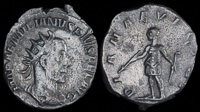
Aemilian 253 CE

Akmoneia, Phrygia 2nd-1st centuries BCE

Anaia, Karia 300-200 BCE
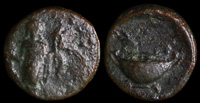
Anaphe, Cyclades 300-200 BCE
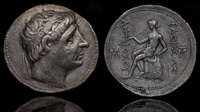
Antiochos I Soter 281-261 BCE

Apollo Sauroktonos 138-161 CE
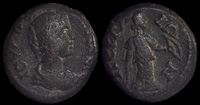
Julia Domna (Perge) 160-217 CE
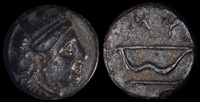
Lesbos, Mytilene 3rd century BCE

Mopsos, Cilicia 51-52 CE
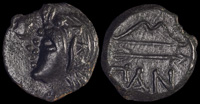
Pantikapaion 300 BCE
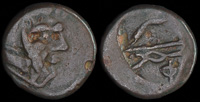
Phangoria, Bosporos ca 4th-3rd centuries BCE

Ptolemy II of Telmessos, 196-189 BCE
